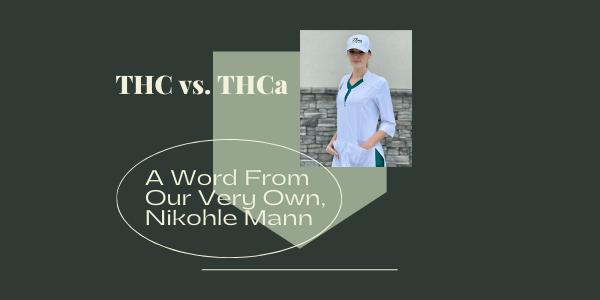“By using a plant that has been around for thousands of years, we discovered a new physiological system of immense importance. We wouldn’t have been able to get there if we had not looked at the plant.” ~ Dr. Raphael Mechoulam, Israeli organic chemist who discovered THC
Have you ever walked into your local dispensary to purchase some medical marijuana and upon examining the different flower you noticed that there were some acronyms (THC, THCa, CBD, CBDa) with percentages next to each one? You might be wondering to yourself, “What do these mean and why do they matter?”
Before I break it down for you, you first need to understand the medicinal properties of the
marijuana plant and how it works. Marijuana plants contain over 100 medicinal chemicals called cannabinoids, and each one has a different effect. Although the most commonly discussed chemical is THC (tetrahydrocannabinol), its raw form is called THCa (tetrahydrocannabinolic acid) and plays a HUGE part in our endocannabinoid system. This system, according to leading cannabinoid scientist Dr. Vincenzo Di Marzo, is the most important physiologic system involved in establishing and maintaining human health.
I know we’ve all seen those movies where someone eats a bunch of raw cannabis and they seem to be extremely ‘high’ shortly after, but that’s just not ever going to be the case. THCa is an inactive, non-intoxicating compound found in the trichomes of raw and living marijuana plants. In its raw form THCa has no psychoactive properties due to the fact that this large molecule cannot fit into the receptors in your body that are responsible for the “high” feeling. Studies have shown, however, that raw cannabis consumption does have any medicinal properties, but if you are looking for a psychotropic effect, then eating raw cannabis will NOT get you to that level.
When we add heat and light to the raw form of THCa, we begin a process called decarboxylation, which happens, for example, when the cannabis is lit and smoked or vaporized. This process removes the acid and alters the chemical structure turned it into common known THC (delta 9), and is how we arrive at all the various, pleasant feelings. THC is a perfect fit for our endocannabinoid system, which then allows us to experience the ‘elevated or high’ feeling.
CBDa (cannabidiolic acid) is an acid also found in raw cannabis plant, like THCa, and is also converted into its final form of CBD (cannabidiol) during the decarboxylation process, CBDa and CBD are actually pretty similar, except one is an acid and one is not. And CBDa is an inactive compound and CBD is active. There are many benefits to each.
Another thing that gets confusing, is that THCa will be lost during combustion/decarboxylation, which may lead to a smaller THC percentage. This is why there are different percentages for THC and THCa (and CBD and CBDa) on our packages.
If you would like to find out what your total THC will be, please use the mathematical equation below to help you better understand.
Toal THC = THC (THCa x 0.877)

